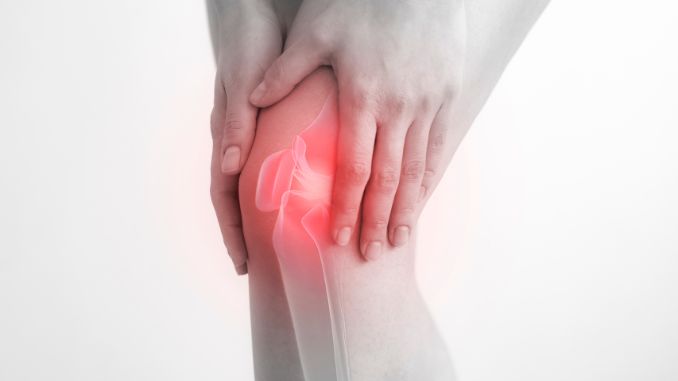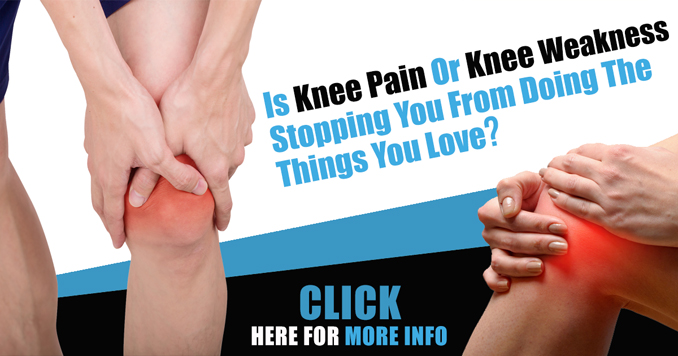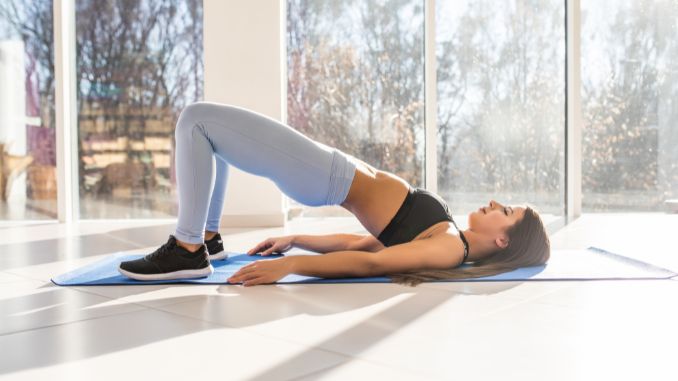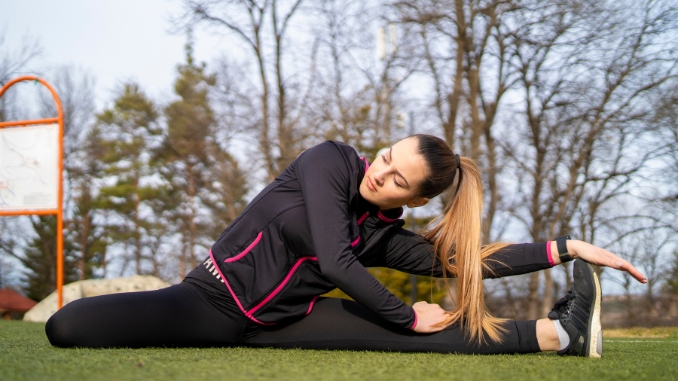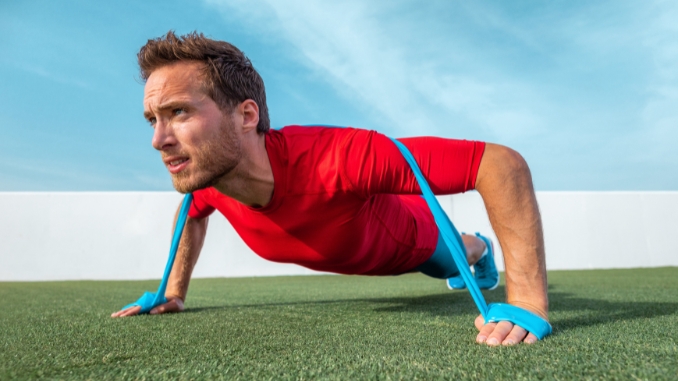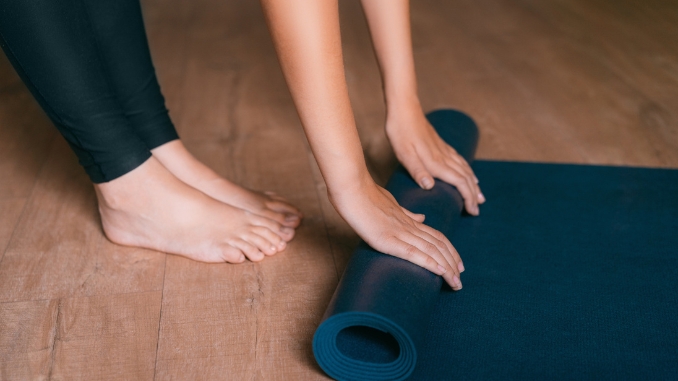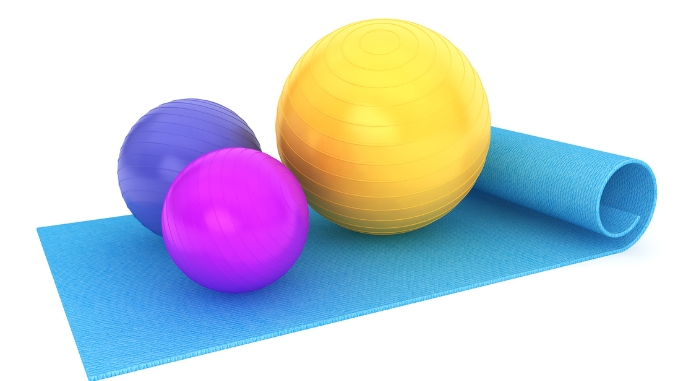Meniscus tears are a common knee injury, with around 61 in 100,000 people in the United States [¹] experiencing this condition. The recovery process from a meniscus tear can vary. Less severe tears improve with rest and physical therapy in 4-6 weeks.
In some cases, surgery may be required, and recovery can take up to 6 months. That’s why we are here to provide you with 5 effective meniscus tear exercises that can speed up your recovery. Join us as we empower you to regain control of your knee health and get back to doing what you love. Let's get started!
What Is A Meniscus Tear?
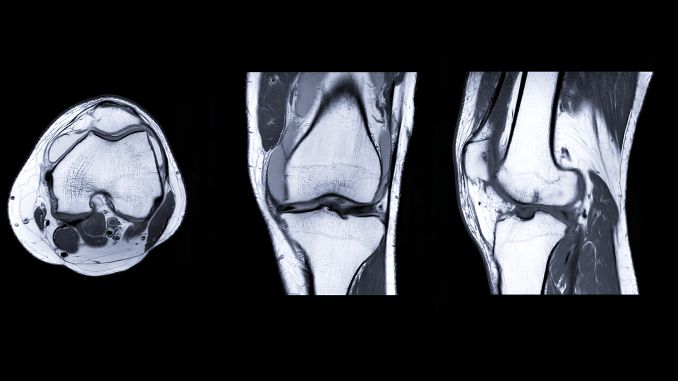
The meniscus is a rubbery, C-shaped disc [²] that acts as a cushion between the thighbone (femur) and the shinbone (tibia) in the knee joint. It helps distribute weight and absorb shock during movement. However, sudden twisting or rotating motions can cause the meniscus to tear, resulting in pain, swelling, and limited range of motion.
Meniscus tears can occur due to sports injuries [³] accidents, or degenerative changes in the knee joint. The severity of the tear can vary, ranging from small tears that can heal on their own to larger tears that require surgical intervention. Physical therapy and exercises play a crucial role in the recovery process, regardless of the severity of the tear.
Common Symptoms And Causes Of Meniscus Tear
Meniscus tears are a common knee injury that can significantly affect an individual's mobility and comfort. These tears often manifest through a variety of symptoms, which can indicate the severity and nature of the injury.
Common symptoms include:
Frequent Knee Pain
Your knee might hurt a lot, especially when you try to bend or straighten it.
Swelling Around The Knee
Swelling around the knee [⁴] medically called knee effusion, is a buildup of fluid in or around the knee joint, making it look bigger than it actually is. This can happen because your body is trying to heal the injury.
Stiff Knee, Hard To Move
You might feel knee stiffness, and it can be tough to move it like you usually do.
Clicking Or Popping Feeling
Sometimes, you might hear or feel a clicking or popping sensation in your knee, especially when you move it in certain ways.
Feeling Like Your Knee Is Unstable
Your knee might feel wobbly or weak, like it can't support you properly.
Hard To Walk Normally
Because of the pain, swelling, and instability, it might be hard to walk or put weight on your hurt leg. At the same time, understanding the underlying causes of meniscus tears is crucial in both prevention and effective management.
Twisting Your Knee Suddenly
If you twist your knee suddenly while playing sports or doing activities like skiing or basketball, it can tear your meniscus.
Hitting Your Knee Directly
If you hit your knee hard during a fall or accident, it can also cause a tear.
Knee Getting Old
Sometimes, as you age, the cushion in your knee (the meniscus) can wear down [⁵], making it easier for your knee to get hurt. Understanding these common symptoms and causes can help individuals take preventive measures to reduce their risk of meniscus tears, such as proper warm-up exercises, using protective gear during sports activities, and maintaining good knee alignment and muscle strength through regular exercise and conditioning.
5 Effective Meniscus Tear Exercises For Speedy Recovery
Discover five essential exercises specifically curated to expedite recovery from a meniscus tear, designed to enhance strength, stability, and flexibility for a swift return to optimal knee health.
1. Seated Knee Extension
For this exercise, you can use a chair for support.
Begin in a sitting position on a chair with your feet hip-width apart, maintaining good alignment of your head, shoulders, and hips. Place your hands on the side for support. Engage your core.
Lift and extend on the leg in front. Hold the position for several deep belly breaths, in through your nose and out through your mouth. Lower your leg down to return to the starting position and repeat the movement on the opposite side.
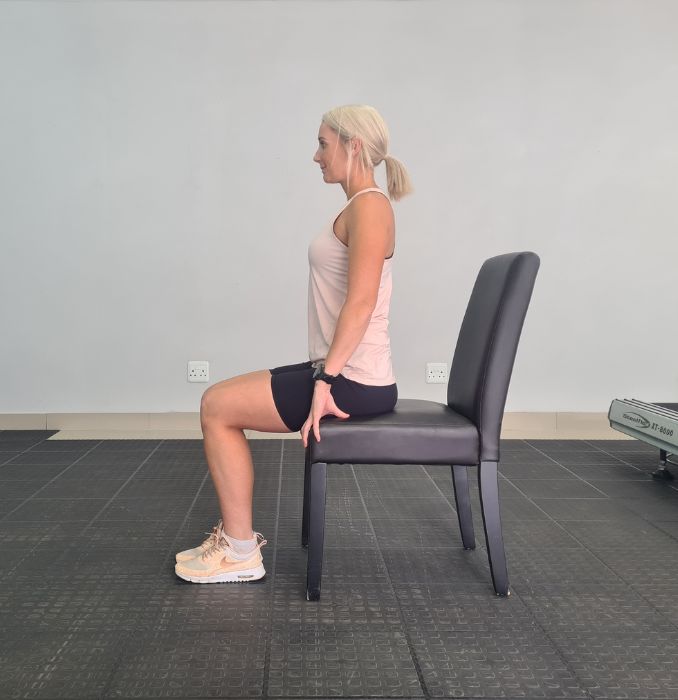
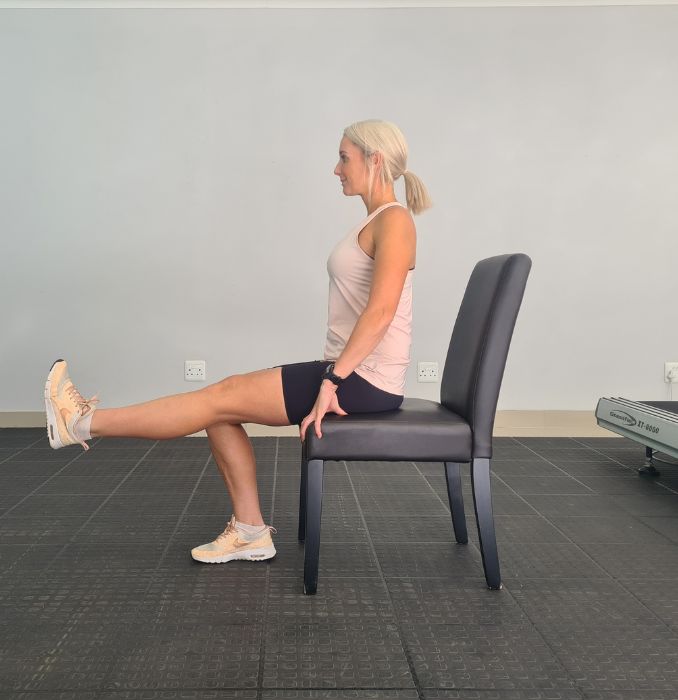
2. Standing Hamstring Curls
For this exercise you can use a chair for support.
Begin in an upright standing position in front of a chair with your feet hip-width apart, maintaining good alignment of your head, shoulders, hips, and legs. Place your hands at the back of the chair for support. Engage your core and bend one knee ideally at a 90-degree angle.
Hold this position for several deep belly breaths, in through your nose and out through your mouth. Lower your foot to return to the starting position and repeat the movement on the opposite leg.
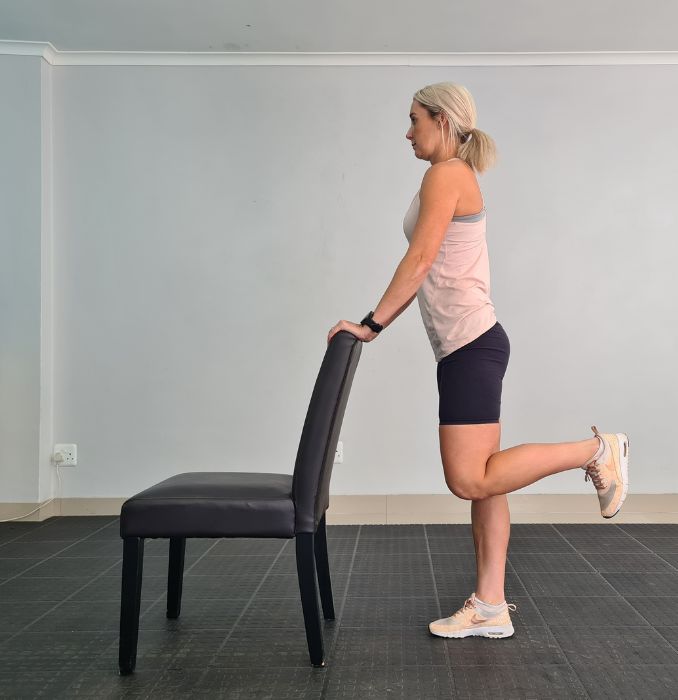
3. Quad Stretch
Begin in an upright standing position in front of a chair with your feet hip-width apart, maintaining good alignment of your head, shoulders, hips, and legs. Place your hands at the back of the chair for support.
Engage your core and bring one heel up against your seat, holding your foot with your hand. Hold this position for a couple of seconds. Lower your foot to return to the starting position and repeat the movement on the opposite leg.
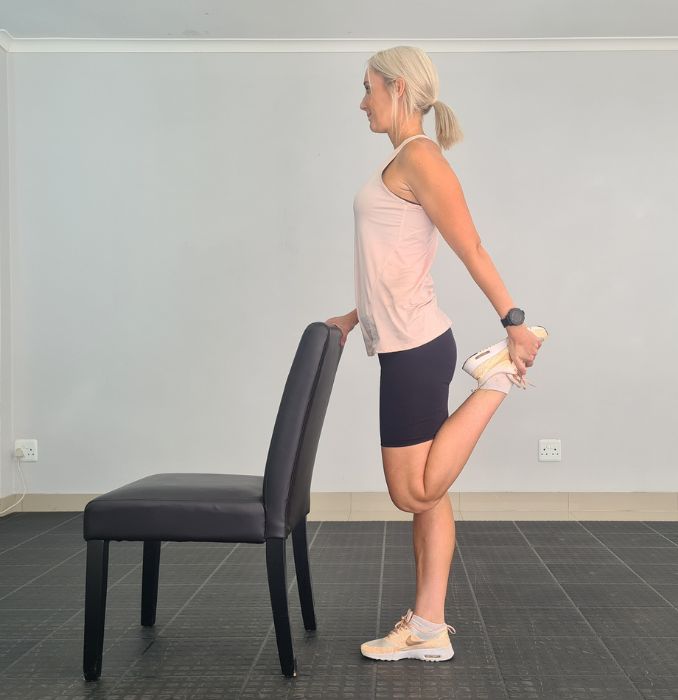
4. Heel Raise
Begin in an upright standing position with your feet hip-width apart, maintaining good alignment with your knees, head, shoulders, and hips. Engage your core and raise your heels up, squeezing your glutes at the end position.
Lower only your heels down to return to the starting position and repeat the movement as needed
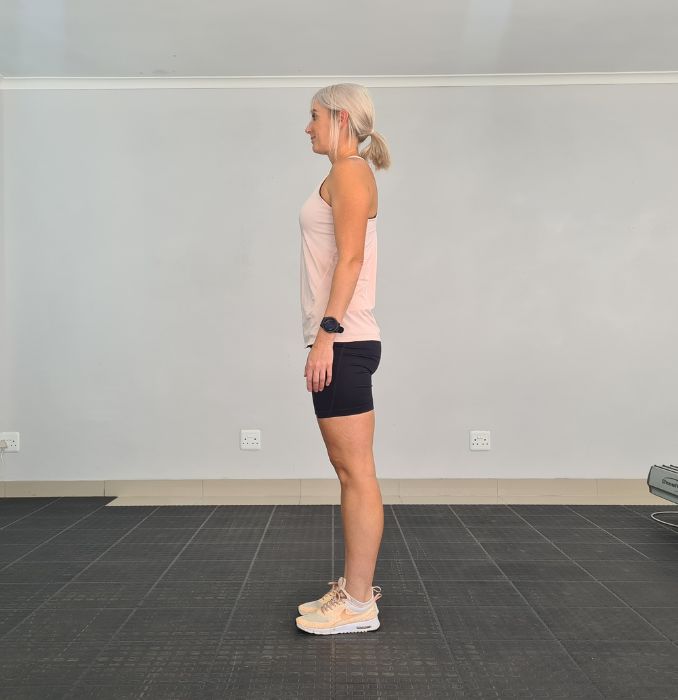
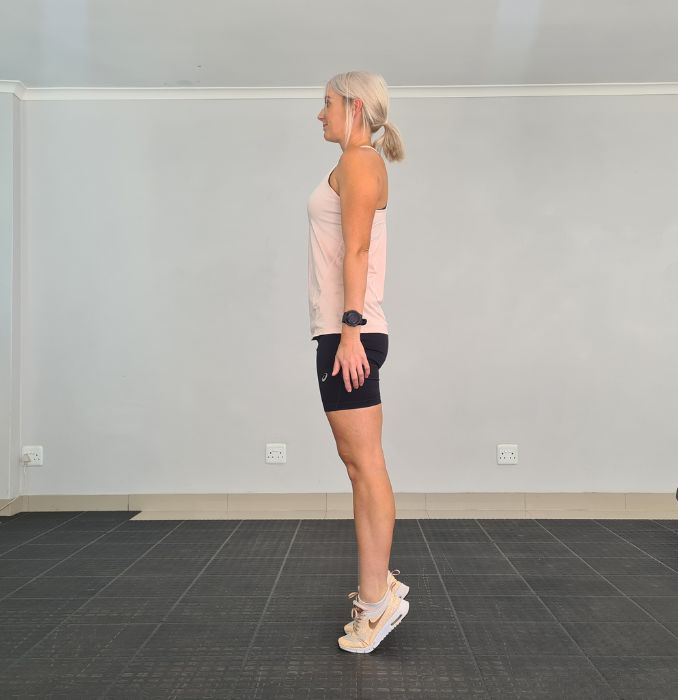
5. Straight Leg Raise
Lie on your back on the floor with your knees bent and feet flat on the floor, maintaining good alignment with your head, shoulders and hips. Place your hands on the side. Tighten your abdominal area then slowly raise and extend your leg at a 45-degree angle.
Hold the position for several deep belly breaths, in through your nose and out through your mouth. Lower your leg down to return to the starting position and repeat the movement on the opposite leg.

For an added challenge, you can raise both legs straight at the same time.
Benefits And Importance Of Meniscus Tear Exercises
In the rehabilitation journey following a torn meniscus, these exercises serve as vital components, offering a diverse range of advantages. They prioritize the strengthening of crucial muscle groups like the thigh muscles and hamstrings, which not only supply essential support to the knee but also contribute significantly to enhancing stability, flexibility, and range of motion. By focusing on these muscle groups, the exercises aid in restoring strength and functionality to the knee, thereby facilitating a smoother recovery process.
Additionally, they play a pivotal role in preventing muscle imbalances that could exacerbate the injury or lead to further complications, while also fostering the maintenance of proper alignment in the lower limb.
Engaging the hip flexors and calf muscles further enhances overall lower limb strength and control, ultimately bolstering the support provided to the affected leg and diminishing the risk of re-injury.
Using a rolled-up towel for certain exercises can provide extra support and comfort. Working through these exercises with the guidance of a physical therapist ensures proper technique and personalized progression, resulting in more effective outcomes in restoring knee function and mobility.
When To Visit Healthcare Professionals
Knowing when to visit healthcare professionals is crucial for managing health concerns effectively.
If you experience:
It's important to consult with a healthcare professional. They can provide a proper diagnosis, recommend appropriate treatment options, and guide you through a rehabilitation plan tailored to your needs.
Early intervention and proper care can significantly improve outcomes and help you get back to your normal activities sooner.
Conclusion
Incorporating effective meniscus tear exercises into your recovery regimen can expedite healing and improve overall knee function. These exercises target key muscle groups, promoting strength, stability, and flexibility while reducing the risk of re-injury.
Whether performed under professional guidance or as part of a structured program, consistent engagement with these exercises offers tangible benefits, accelerating your path to a pain-free, fully functional knee and a swift return to normal activities.
Disclaimer: The information in this article is intended only for educational purposes and should not be considered medical advice. Before starting any exercise program, especially following a meniscus tear, consult with a healthcare professional to ensure it is safe and appropriate for your specific condition.
Are you ready to boost your knee strength and enhance your mobility? Discover our guide to 10 Easy Movements for Stronger Knees! Whether you're an athlete, fitness enthusiast, or just looking to stay active without knee pain, these simple exercises are perfect for you.

